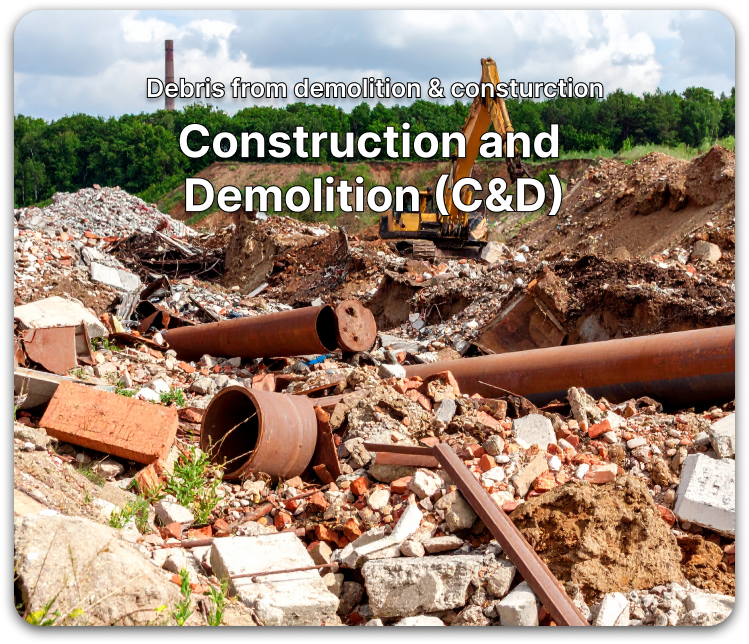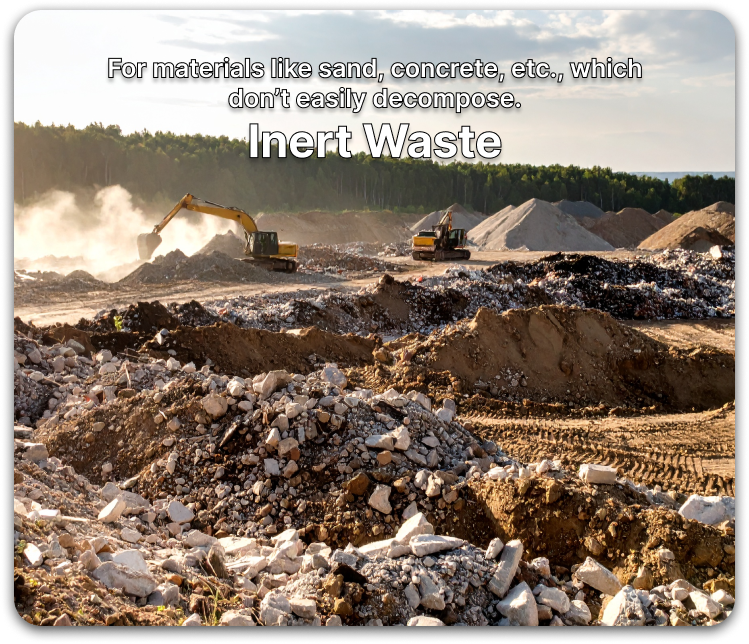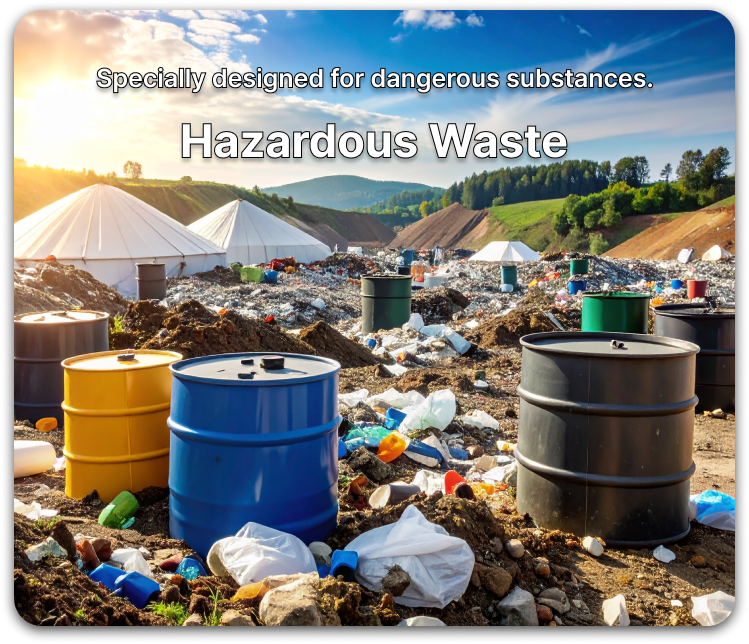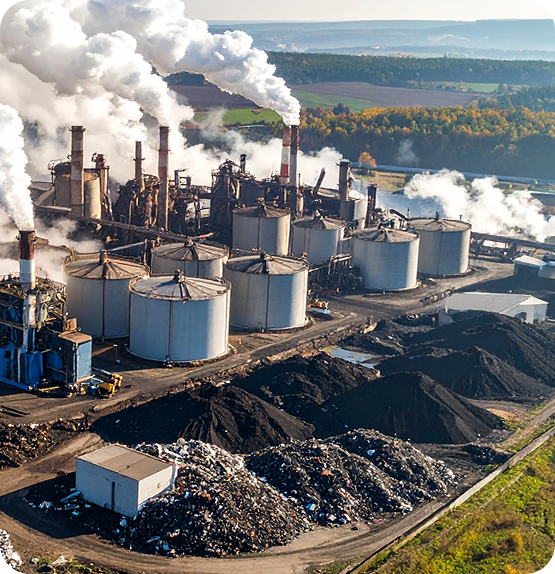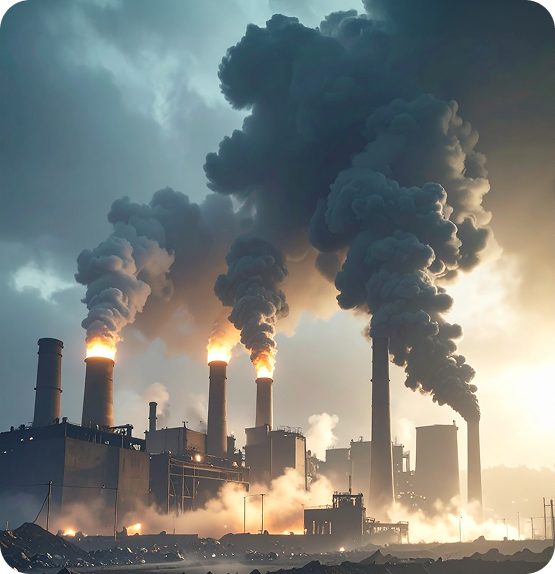
What is Incineration?
Incineration is the process of burning waste at high temperatures to reduce its volume by up to 90%. It is commonly used for Municipal Solid Waste (MSW) and helps in managing waste efficiently. Modern incinerators also recover energy from the heat produced, generating electricity or heat. This method reduces the need for landfills and helps destroy harmful pathogens.

